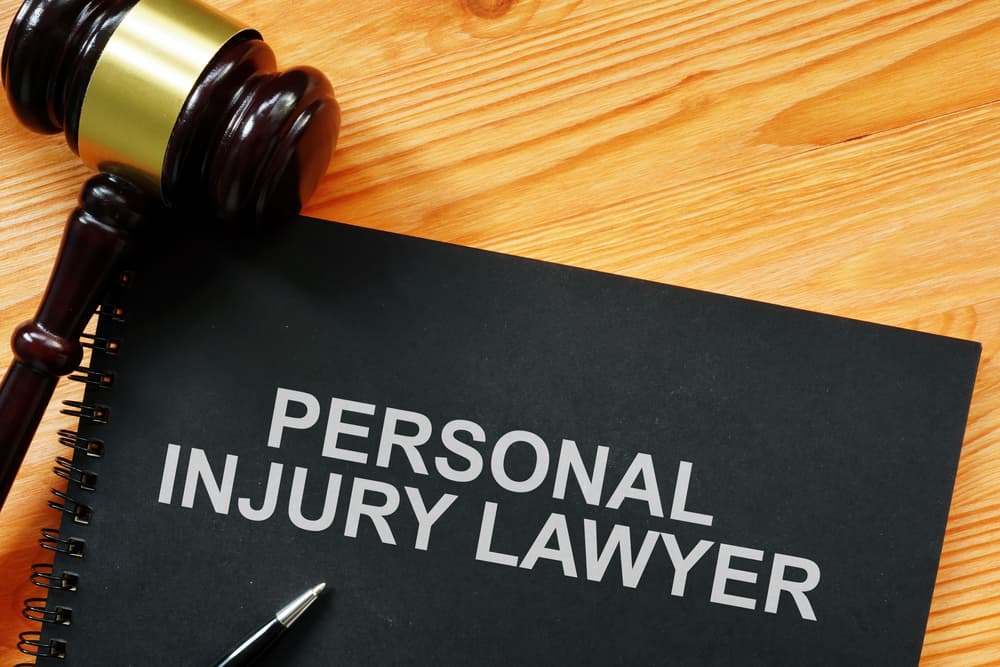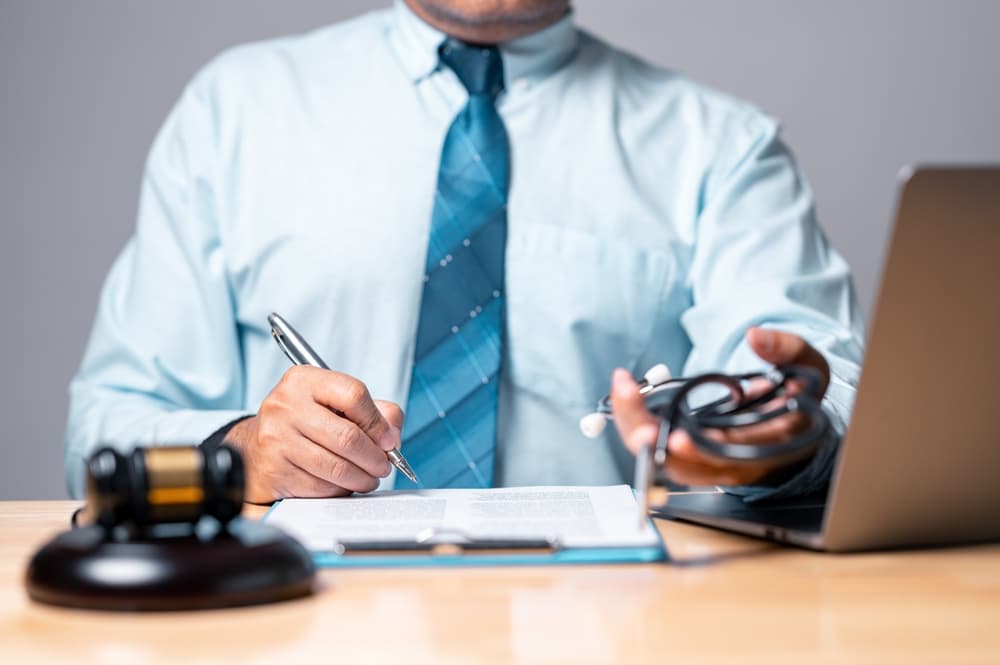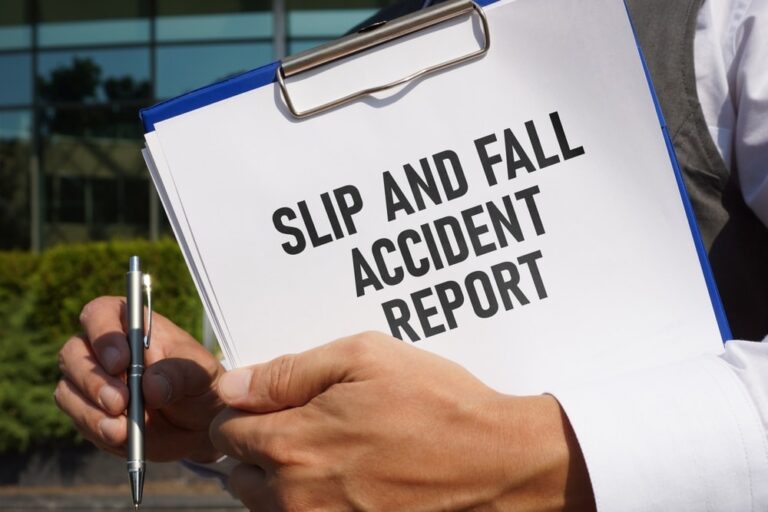Key Takeaways:
- The personal injury lawsuit process begins with an initial consultation, where you share your story and a lawyer evaluates your case.
- Your attorney then investigates and gathers evidence, including photos, medical records, and witness statements, to build a strong claim.
- Once ready, your lawyer files the lawsuit and both sides exchange evidence in the discovery phase.
- Most cases resolve through negotiation and settlement, avoiding the stress and uncertainty of trial.
- If settlement fails, your lawyer will represent you at trial, fighting for fair compensation on your behalf.
If you or someone you know has suffered an injury in an accident, understanding the steps of a personal injury lawsuit can be very helpful. This journey might seem complicated, but your Baraboo personal injury attorney will guide you through every step of the process.
Meet With a Personal Injury Lawyer

When you’re hurt in an accident, having someone by your side who knows what to do next is always important. That’s where a personal injury lawyer comes in.
This first meeting is a chance for you to tell your story. You’ll sit down and explain what happened, how it happened, and how it’s been difficult for you since then. You get to share everything — from the accident to how your injuries have affected your daily life. The lawyer is there to listen carefully and understand every part of your story.
The lawyer isn’t just listening, though. They’re also thinking about how they can represent you. They’re using their knowledge to figure out if what happened to you is something you can get help for through the legal system. They look at the details you provide and compare them to the law to see if you have a strong case.
If the injury attorney thinks you have a strong case, they’ll discuss how they can help. This doesn’t mean they’re promising everything will be perfect immediately, but they’re saying they have the skills and knowledge to fight for you. They’ll outline their steps, assertively advocate for you, and diligently work to ensure your side of the story receives proper recognition.
This meeting is also a great time for you to ask questions. Maybe you’re wondering how long everything will take or how much it might cost. Perhaps you’re curious about what you should do next or how to handle calls from insurance companies. Your lawyer can give you answers and advice, helping you feel more confident about what comes next.
Ultimately, this first meeting is about ensuring you feel heard and understood. It’s about finding someone who can take the weight off your shoulders and aid you as you move forward.
Investigation and Gathering Evidence

After your first meeting with a personal injury lawyer, if they believe you have a strong case, they will start collecting information to build a strong case for you.
One of the first things they’ll look for is photos or videos or the accident. These can speak louder than words because they let everyone see with their own eyes what you went through.
Your lawyer will also gather your medical records. These records are important because they tell the story of your injuries from a doctor’s point of view. They list everything from the first time you saw a doctor, what they found, and how they’ve been treating you. These records help show how serious your injuries are and how they affect your daily life.
Another key part of the investigation is talking to witnesses. Witnesses saw what happened or knew something important about your case. Your lawyer will talk to these people to get their side of the story. It’s like collecting different viewpoints to build a complete picture of the event. Sometimes, what a witness says can make a big difference in helping others understand what you’ve been through.
The goal is to ensure that when it’s time to present your case, there’s a clear, strong story explaining your side. It’s about ensuring everyone – from the insurance companies to the court – understands how much the accident has impacted your life.
Filing the Lawsuit

After your personal injury lawyer has gathered all the evidence, the next step is officially starting the lawsuit.
Filing the lawsuit begins with preparing some important papers, known as legal documents. These documents explain why you are starting the lawsuit, what happened to cause your injuries, and what kind of support you are asking for.
Your lawyer actively works on these papers, ensuring every detail is correct and incorporates every part of your story. They’ll talk about the accident, how it wasn’t your fault, how you got hurt, and how those injuries have made life hard for you. They also write about what you want to happen next, which usually involves asking for compensation. Compensation is a way of acknowledging your pain and troubles and helping cover things like medical bills or lost income because you cannot work.
Once these documents are all ready, your lawyer gives them to the court. The person or company you’re suing, now called the defendant, also gets a copy of these papers. This is their official notice that you’re using them.
Once the defendant has these papers, they know the lawsuit is real and must respond. They can’t just ignore it. They’ll read your story, see what you’re asking for, and start thinking about what they’ll say in response. Both sides prepare to share their sides of the story to reach an agreement or go before a judge or jury.
Discovery Phase
After your lawyer files the lawsuit, the next big step in your journey is the discovery phase. This part of the process is all about both sides sharing information. It’s like when teachers ask students to show their work on a math problem; it’s not enough to know the answer. Everyone needs to see how you got there. In a lawsuit, both sides must understand all the facts, not just their version.
During discovery, both sides exchange evidence. This means sharing all the information that supports their side of the story. For example, if you say the accident happened in a certain way, you’ll need to provide the evidence you’ve collected, like photos or medical records, to back that up. The person or company you’re suing will do the same, sharing their evidence that supports their side.
One of the main parts of discovery involves answering questions from the other side. Attorneys typically document these questions in a list known as “interrogatories.” It’s a formal way for each side to ask the other side for specific information. You might need to actively describe what happened during the accident, explain how your injuries have impacted your daily life, or provide details about your medical treatment. Answering these questions honestly and completely is important because they help build a clearer picture of the case.
Another key part of discovery is giving documents. This can include anything from emails and text messages about the accident to more reports from doctors and hospitals. These documents help each side understand what happened and how it impacted everyone involved.
Sometimes, you or other people involved in the case might actively participate in depositions. A deposition is a bit like an interview, but it’s more serious because it happens under oath, which means you promise to tell the truth. During a deposition, lawyers from both sides can actively ask questions and record everything said. This can happen in a lawyer’s office rather than a courtroom. Depositions are a way for each side to hear directly from people involved about what they know.
Negotiation and Settlement
Before the thought of stepping into a courtroom even becomes a reality, a very important step happens in most personal injury lawsuits: negotiation and settlement. This is when both sides try to agree without going through a trial. In a lawsuit, this negotiation involves agreeing on an amount of money the person or company at the center of the case will pay to settle.
Negotiation starts after both sides clearly understand the facts from the discovery phase. Your lawyer will talk with the other side’s lawyer or their insurance company for a fair settlement. Your lawyer says what you believe your case is worth based on your injuries, medical bills, lost income, and any pain or suffering you’ve experienced. Then, the other side might offer a lower amount, thinking about how they see the situation.
Sometimes, these negotiations go smoothly, and both sides quickly agree on the right settlement. Other times, it might take several rounds of offers and counteroffers to get closer to a number that both sides think is fair. During this process, your lawyer will update you and advise you on whether to accept or reject an offer. Remember, you’re the boss when it comes to accepting a settlement. Your lawyer is there to guide you, but the final decision is yours.
One of the big reasons many cases settle before trial is because it offers a sure outcome. Going to trial is like rolling the dice; you can’t predict exactly what a judge or jury will decide. Settling means you have control over the outcome and can avoid the uncertainty of a trial. Plus, settling can get you compensation sooner, helping you move on from the accident more quickly.
It’s also worth noting that just because you start negotiating doesn’t mean you can’t still go to trial if needed. If the other side isn’t willing to offer what’s fair, your lawyer will be ready to fight for you in court. However, for many people, settling is a positive way to resolve their case, allowing them to avoid the stress of a trial and begin the process of healing and moving forward with their lives.
Trial
When negotiations and attempts to settle don’t lead to an agreement, the next step in a personal injury lawsuit is the trial. This is when both sides prepare to tell their stories in court, in front of a judge and maybe a jury, depending on the case.
The trial begins with each side giving an opening statement. Each side lays out what they believe happened, what they plan to prove, and why they think they should win.
After the opening statements, the real action starts. Your lawyer will present your case first if you’re the one who filed the lawsuit. This involves calling witnesses to the stand and presenting evidence. Witnesses might include people who saw the accident, doctors who treated your injuries, or even you. Your lawyer will ask questions to help the judge and jury understand your side of the story. The other side will also have a chance to ask questions, a process called cross-examination, which is a bit like trying to see if the story holds up under pressure.
The defendant, the person or company you’re suing, gets their turn to tell their side of the story after you. They’ll also call witnesses and present evidence, trying to convince the judge and jury that their version of events is correct.
Once both sides have had the chance to present their cases, they make closing arguments. They’re trying to paint a picture that’s persuasive enough to win.
Finally, after the closing arguments, the judge or jury decides. They’ll consider all the evidence and arguments they’ve heard to decide. This process can take hours, days, or even longer, depending on how complicated the case is. If there’s a jury, they’ll go into a private room to discuss and come to a consensus on who they believe is right and what the compensation should be if they decide in favor of the person who got hurt.
The decision made at the end of a trial is called a verdict. If the verdict is in your favor, the judge or jury believes your story and has decided the other side should compensate you for your injuries and losses. However, if the verdict doesn’t go your way, they find the evidence more convincing for the other side.
Going to trial can be a long, stressful process because predicting the outcome is hard. That’s why having a good lawyer by your side is so important, someone who can tell your story powerfully and persuasively, fighting for justice on your behalf. Whether through a settlement or trial, the goal is to actively ensure your voice is acknowledged, securing the support and compensation you deserve for what you’ve been through.
Ready to Take the Next Step? Contact a Personal Injury Lawyer

If you suffered an injury and need help, contacting a personal injury attorney should be your priority. It’s the first step to getting the support and compensation you deserve. Reach out to a lawyer today for a free consultation and begin your journey to recovery.




